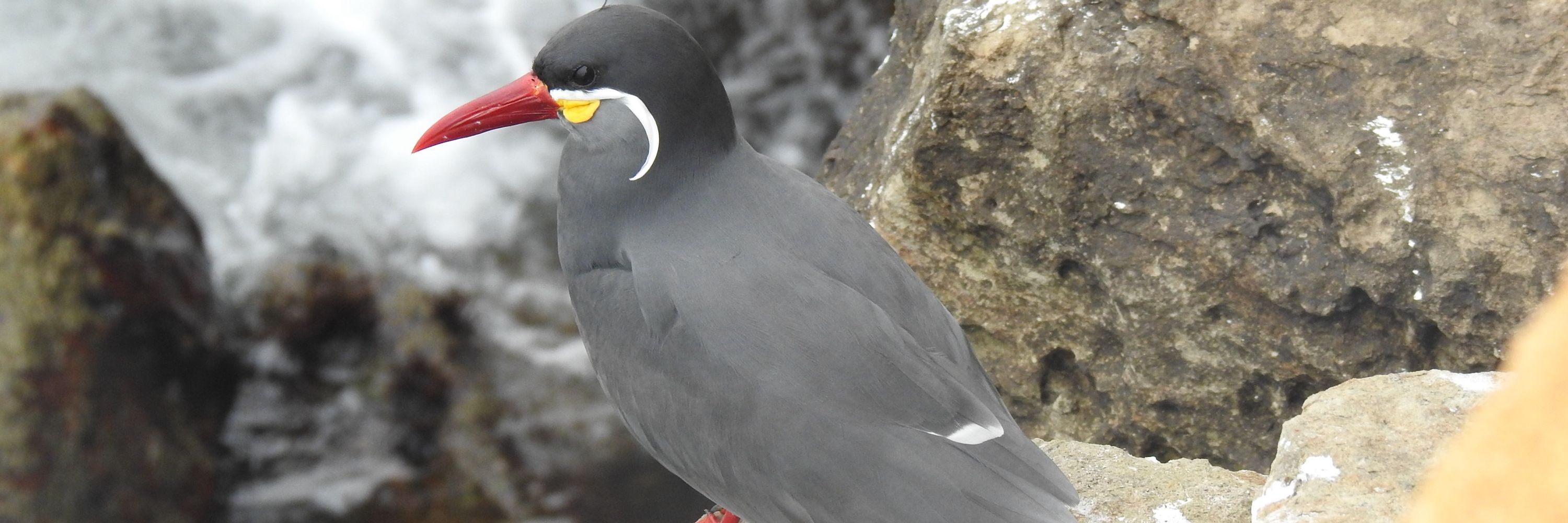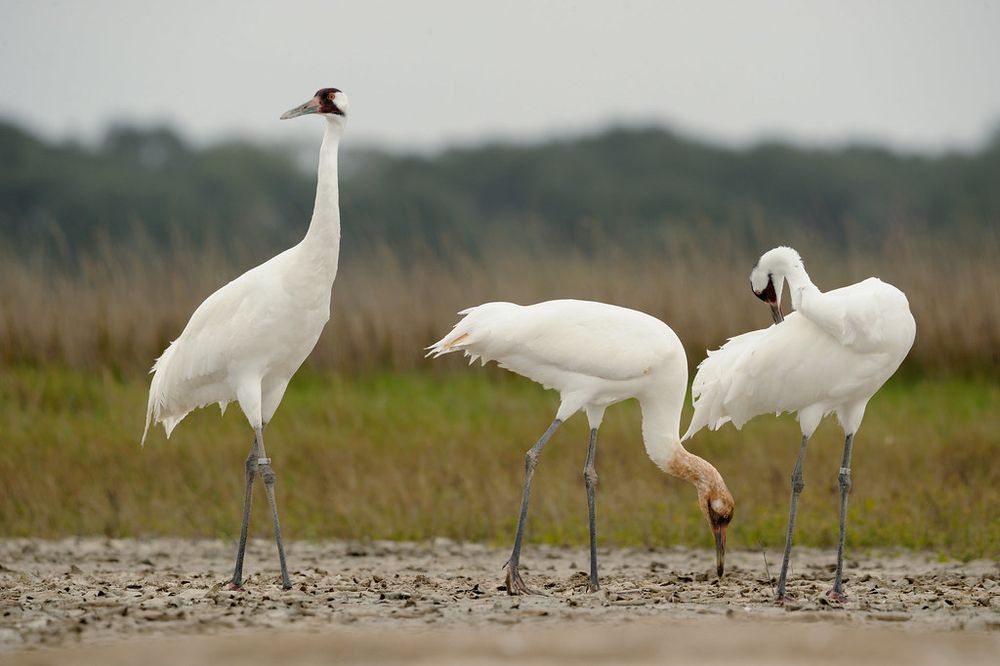
I am a community and evolutionary ecologist with interests in host-microbe interactions and drivers of microbial community assemblies #microbiomes #birds
shorturl.at/22mEG

shorturl.at/22mEG
We mapped #VOCs to uncover chemical changes during comb decay and found 443 VOCs. Some may signal distress or act in fungal defense!
Funding: @erc.europa.eu & @dg.dk
Want to read more?
lnkd.in/dacDfJTd
We mapped #VOCs to uncover chemical changes during comb decay and found 443 VOCs. Some may signal distress or act in fungal defense!
Funding: @erc.europa.eu & @dg.dk
Want to read more?
lnkd.in/dacDfJTd

#eDNA #MOSS Villum Foundation, @carlsbergfondet.dk


#eDNA #MOSS Villum Foundation, @carlsbergfondet.dk
The workshop is arranged by @3domics.bsky.social!
@dg.dk, @holobiontbiology.bsky.social, @hologen.bsky.social
for an exciting #workshop on #microbiomics! "Spatial #Microbiomics – From Sampling to Analysis" 📷May 2025. Ideal for PhDs, postdocs & other microbiome enthusiasts. Register until February 16th: 3domics.eu/TrainingEven... Please re-post!
The workshop is arranged by @3domics.bsky.social!
@dg.dk, @holobiontbiology.bsky.social, @hologen.bsky.social



Let’s see what 2025 holds 😊

Let’s see what 2025 holds 😊
Avian influenza/bird flu killed at least 20% of the Greenland Barnacle Goose population:
Spatial and temporal variation in mortality from avian influenza in Greenland Barnacle Geese Branta leucopsis in their wintering grounds
www.tandfonline.com/doi/full/10.... #ornithology

Avian influenza/bird flu killed at least 20% of the Greenland Barnacle Goose population:
Spatial and temporal variation in mortality from avian influenza in Greenland Barnacle Geese Branta leucopsis in their wintering grounds
www.tandfonline.com/doi/full/10.... #ornithology


The local Birgitta Sintring Foundation gives out 2-year postdoc scholarships to early career researchers who applies with a PI at the department. Deadline Feb 9.
www.uu.se/en/departmen...

The local Birgitta Sintring Foundation gives out 2-year postdoc scholarships to early career researchers who applies with a PI at the department. Deadline Feb 9.
www.uu.se/en/departmen...
🚨Persistent genomic erosion in whooping cranes despite demographic recovery🚨 www.biorxiv.org/content/10.1...
Extremely thankful to @hernmoral.bsky.social and all co-authors!
#conservationgenomics #genomics #whoopingcranes

🚨Persistent genomic erosion in whooping cranes despite demographic recovery🚨 www.biorxiv.org/content/10.1...
Extremely thankful to @hernmoral.bsky.social and all co-authors!
#conservationgenomics #genomics #whoopingcranes
We have an early Christmas present for you! In February, the WG1 @luzglongoria @ChakarovNayden @Ricardo_J_Lopes are organising an online course about Unix and Shell scripting for wildlife malaria studies!
save the date

We have an early Christmas present for you! In February, the WG1 @luzglongoria @ChakarovNayden @Ricardo_J_Lopes are organising an online course about Unix and Shell scripting for wildlife malaria studies!
save the date
sustainability.stanford.edu/our-communit...

sustainability.stanford.edu/our-communit...



